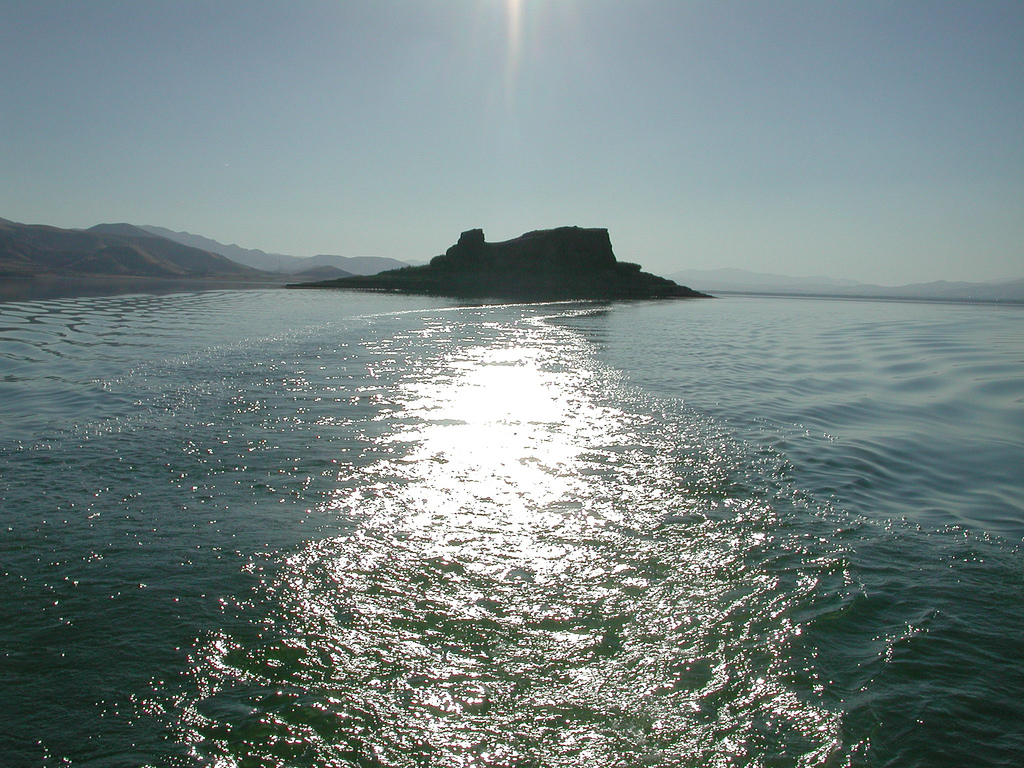|
|
|
|
Norsuntepe: Kleinfunde II ..
Norsuntepe: Kleinfunde II. By KLAUS SCHMIDT. Archaeologica Euphratica, vol. 2. Mainz: VERLAG PHILIPP VON ZABERN, 2002. Pp. xi + 206, plates. [euro]128. Large-scale salvage projects in the Keban area (modern eastern Turkey) carried out between 1968 and 1974 have contributed significantly to our knowledge of prehistoric activities in eastern and southeastern Anatolia. The preliminary reports published in the Middle East Technical University's Keban dam project series still represent the foundation for further research activities in this region. One of the most important sites investigated is the multi-period mound called Norsuntepe in the Elazig province of modern Turkey, excavated by the German Archaeological Institute under the directorship of Harald Hauptmann. The site's extensive stratigraphy, covering periods from the Late Chalcolithic (layers 25-30) to the Iron Ages (layers 1-2) promised unprecedented insight into cultural changes and developments in a previously little-known region of ancient Anatolia. The Bronze Age occupation especially remains of great interest for the archaeological community desperately trying to link the Metal Age chronologies of western, central, and southern Anatolia with that of the Euphrates region of Asia Minor. This task will not be accomplished so long as the final publication of Norsuntepe's stratigraphy and architecture is not available. Nevertheless, scholars are grateful that the first two final volumes of the Norsuntepe mission have now been issued: the first on lithic industries (K. Schmidt, Norsuntepe I: Die lithische Industrie [Mainz: Verlag Philipp von Zabern, 1996]) and the second, reviewed here, by the same author on ground stone, bone, and antler artifacts as well as clay, metal, and glass items from all periods documented at Norsuntepe. Since the first monograph of this Archaeologica Euphratica series was already of remarkable quality, one could expect the same high standard for the publication of the small finds, and indeed this expectation has been fulfilled. The primary author is one of the leading experts on the Near Eastern Neolithic, and he was joined by several other contributors: Istvan Baranyi on Chalcolithic and Early Bronze Age slags, and Ernst Pernicka and Sigrid Schmitt-Strecker on metalworking techniques. Nevertheless, the main section of this monograph is devoted to the description and analysis of the huge bulk of small finds from all occupation horizons, roughly divided into functional types: weapons and tools (A. Waffen und Gerate), fashion and jewelry (B. Tracht und Schmuck), figural objects (C. Figurliche Objekte), and finally stamps and seals (D. Stempel und Siegel). Each of these chapters has additional subdivisions, taking technical, material, and typological issues into account. The outcome is, for the most part, a very detailed and challenging typological inquiry that discusses all small finds from the Late Chalcolithic to the Iron Age levels. Since the Neolithic is Klaus Schmidt's field, it is not surprising that the chapters dealing with Norsuntepe's earlier materials and stone artifacts like ground stone axes, mace heads, and drill cores are the most detailed. Equal weight is then given to the discussion of antler tools and a large variety of clay items, from molds and crucibles to miniature cones and wheels and oddities like clay brushes (Tonbursten), whose function is still a puzzle. Detailed discussions of metalworking tools like molds represent an important contribution, for studies dealing with the achaeological aspect of metalworking technologies are still limited (cf. A. Muller-Karpe, Altanatolisches Metallhandwerk [Neumunster, 1994]). Of special interest in a wider geographical context is an artifact category known as "bread stamps" (p. 104; pl. 84:G), known not only from Anatolia but from neighboring regions like the southern Caucasus and (south)eastern Europe (see map on p. 106). The purpose of these artifacts can be debated, although they were most probably used to label baked goods such as breads and cakes. They seem closely related to "Brotlaibidole" (bread idols) known from as far west as central Europe (see M. M. Rind, "Weltenburg zwischen Arbon und Veterov: Neues zu ratselhaften Tonobjekten der Fruhbronzezeit," in Vortrage des 17. Niederbayerischen Archaologentages, ed. K. Schmotz [Rahden, 1999], 71-85). Publication of the Norsuntepe examples with extensive bibliographical references broadens our knowledge of these items significantly. Other artifacts like stamp and cylinder seals receive less attention here, but enough to provide the information necessary for further research. Wherever appropriate, sub-chapters are provided with distribution maps and lists of find spots for comparable items. Most user-friendly are the listings in the appendix, which provide extensive bibliographies. The illustrations are of the quality one might expect for publications from von Zabern, although the drawing style within a single category of finds is inconsistent and detracts a bit from the good overall impression (cf. the molds in pl. 41 and pl. 42). The long-expected final report series of the Norsuntepe excavations is now enriched by this densely packed volume, providing us with a detailed view of one side of Norsuntepe's occupation history. The major features still eagerly awaited--the ceramic material and an architectural account--can be expected to follow the same high standard, and one hopes for their timely appearance. T. Z. COPYRIGHT 2004 American Oriental Society Copyright 2004 Gale, Cengage Learning. All rights reserved. SOURCE: Norsuntepe:
Kleinfunde II - Free Library |
|
Norsuntepe is a Tell in Turkey , about 25 km from Elazig. It is now in the middle of the Keban dam , so little more than an island in the lake is left. The crown of the hill, had an area of approximately 500 m to 300 m, within which settlement traces were detectable. 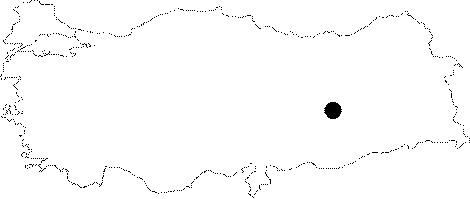 Norsuntepe was excavated in 1968 by the German Archaeological Institute under the direction of the Heidelberg professor of Prehistory and Early History Harald Hauptmann . Had to be finished by 1974 because of the construction of the Keban Dam works and rising water level. 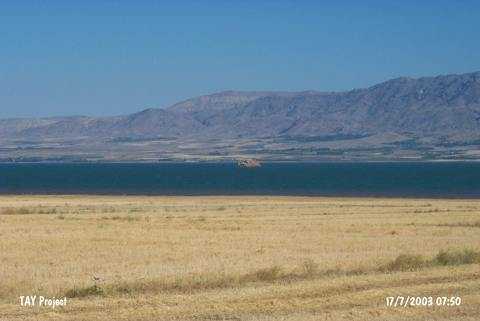 Age, which also supplied several richly furnished graves, the settlement was abandoned and destroyed by fire. |
|
|
Norsuntepe
Little-Known Mysterious Prehistoric Site In Anatolia, Turkey Why Was It Abandoned And Destroyed By Fire?
Norsuntepe is located in the Keban area (modern eastern Turkey) on the Upper Euphrates, about 25 km from Elazig. The crown of the hill, had an area of approximately 500 m to 300 m, within which settlement traces were detectable by archaeologists. Excavations at Norsuntepe were conducted between 1968 and 1974 by the German Archaeological Institute archaeologists led by Harald Hauptmann, the Heidelberg professor of Prehistory and Early History. The field works had to be finished by 1974 because of the construction of the Keban Dam works and rising water level. In the excavations of Norsuntepe, archaeologists conducted investigations on the extractive metallurgy of copper, arsenic and a lustrous gray metalloid found in nature and known as antimony. Rhey also analyzed excavated smelting products from the area of Norsuntepe (Keban) on the Upper Euphrates. In all regions of Anatolia the majority of artifacts of a late Chalcolithic date were made of unalloyed copper. Some were also made of arsenical coppers with a low arsenic content. At Norsuntepe, a site which is now under the waters of Keban dam, smelting furnaces, copper ore, slag, fragments of clay crucibles or molds, and finished metal artifacts have been found inside and in the courtyards of a group of buildings which most probably represented a quarter of the settlement inhabited by metal workers. 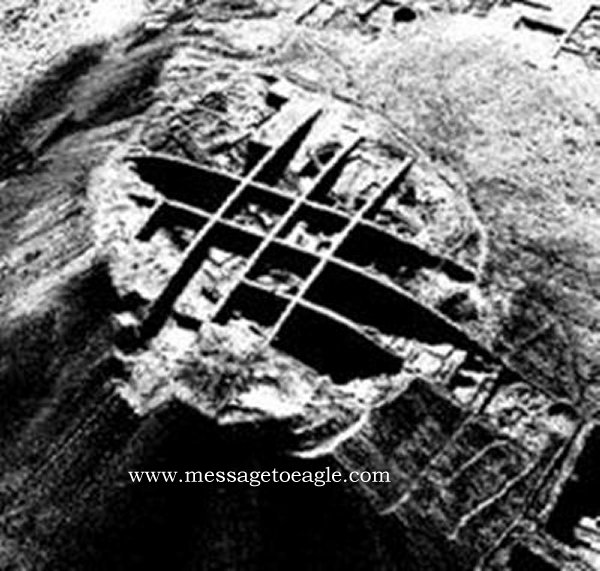 Norsuntepe was probably a fortified site, with mudbrick houses finished with plaster and in some instances had wall paintings. It has been identified 40 settlement layers from different periods of time, namely the late Chalcolithic (4,000- 3,000 BC) through all phases of the Bronze Age until a Urartian settlement in the Iron Age.  Norsuntepe was one of the most important sites of this period. Chalcolithic (sometimes referred to as the 'Copper Age') was an important period of time with achievements, of which most striking development was the extensive use of Copper. 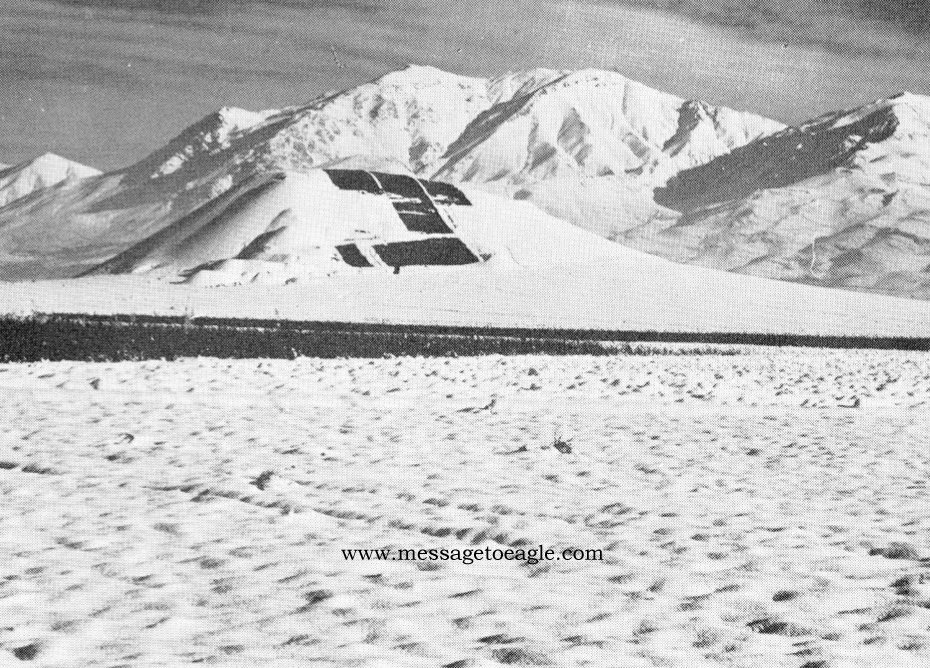 Later, they learned to process and shape this metal copper to make strong weapons and also ornamentation. We also see a considerable increase in the number of towns scattered across the area. 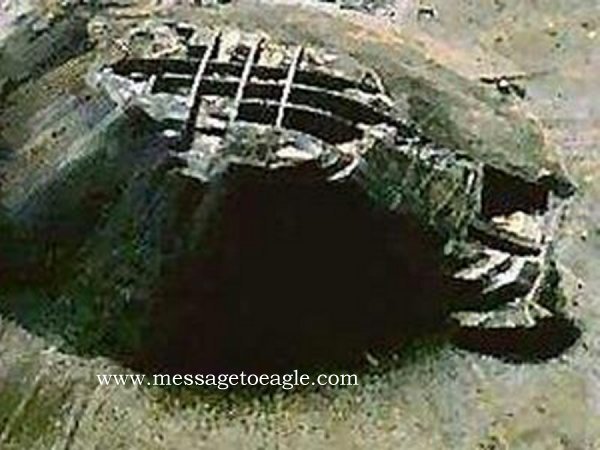 The new towns of this period were usually built on the water or in rich valleys. The great mother goddess of Asia Minor was the main deity and they have made many figurines of this goddess which they used in their religious rituals. The burials that were within the houses of preceding Neolithic period now take place outside the towns. After the Iron Age, which also supplied several richly furnished graves, the settlement was abandoned and destroyed by fire. 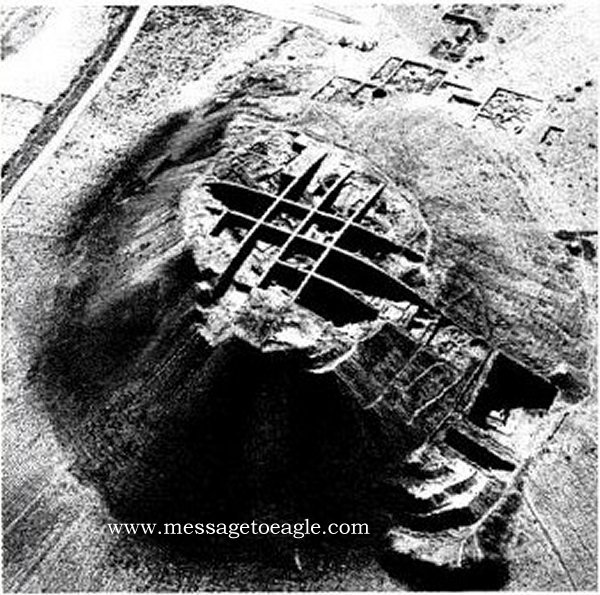 Copyright © MessageToEagle.com All rights reserved. This material may not be published, broadcast, rewritten or redistributed in whole or part without the express written permission of MessageToEagle.com. Source: Norsuntepe: Little-Known Mysterious Prehistoric Site In Anatolia, Turkey |
|
| FAIR USE NOTICE: This page contains copyrighted material the use of which has not been specifically authorized by the copyright owner. Pegasus Research Consortium distributes this material without profit to those who have expressed a prior interest in receiving the included information for research and educational purposes. We believe this constitutes a fair use of any such copyrighted material as provided for in 17 U.S.C § 107. If you wish to use copyrighted material from this site for purposes of your own that go beyond fair use, you must obtain permission from the copyright owner. | |
|
|

